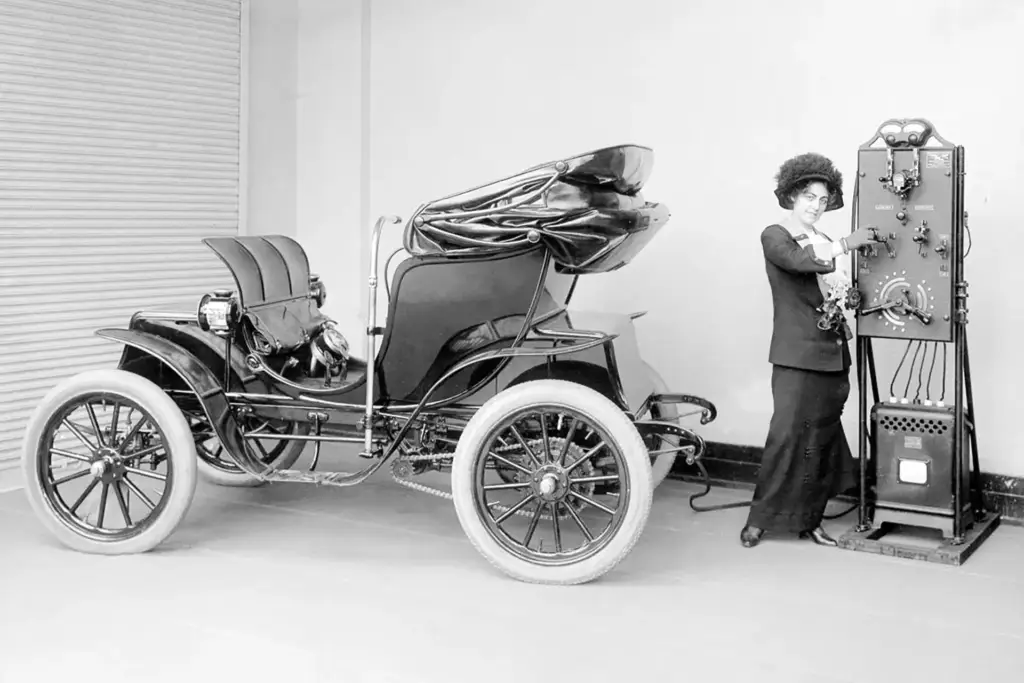Electric vehicles (EVs) have been around for more than a century, with their origins dating back to the early days of automotive history. The concept of electric propulsion predates the invention of the internal combustion engine. In the early 19th century, inventors such as Robert Anderson and Ányos Jedlik experimented with electric-powered vehicles, including rudimentary electric carriages and trams.
Electric vehicles have a rich history spanning more than a century, from their early experiments and pioneering inventions to their resurgence as viable alternatives to traditional gasoline-powered cars in the todays era.
The First Electric Car in the 19th Century
The late 19th century saw the development of the first practical electric cars. Inventors and manufacturers such as Thomas Davenport, William Morrison, and Gustave Trouvé built electric vehicles powered by rechargeable batteries.


These early electric cars were quiet, clean, and easy to operate, making them popular choices for urban transportation.
In the early 1910s, Henry Ford’s company, the Ford Motor Company, produced a few experimental electric vehicles. One notable example was the Ford Edison, also known as the Model T Edison, which was a collaboration between Henry Ford and his friend, inventor Thomas Edison.
The Ford Edison was an electric version of the iconic Model T, featuring an electric motor and battery pack instead of an internal combustion engine. However, the Ford Edison never entered mass production, and only a few prototypes were reportedly built.
“Whether you think you can, or you think you can’t – you’re right.”
-Henry Ford-
In 1941, Henry Ford had conceptualized and built a car that was built from Cannabis derived hemp. The car was called the “Hemp Body Car” and was designed to be lightweight, durable, cost-effective, and run on hemp ethanol fuel with a fuel efficiency rating of around 40 miles per gallon. The body of the car was made from a mixture of hemp fibers, soybeans, straw, and resin, while the chassis was made from a combination of hemp and steel. The hemp bio-composite body was much lighter and 10X stronger than steel.
Hemp EV Batteries
Hemp-derived carbon materials, such as graphene, are now being used as additives or electrodes in batteries for improved conductivity, increased energy density, enhanced energy storage capacity, and overall improved battery performance.

Thermal Stability
Hemp fibers and hemp-derived carbon materials, such as graphene, have been investigated for their thermal stability properties. These materials help to dissipate heat more effectively and reduce the risk of thermal runaway or overheating, which are common safety concerns in lithium-ion batteries. On the other hand, Hemp Graphene’s exceptional properties, including its stability and thermal conductivity, make it a promising material for a wide range of applications across various temperature ranges.
Today, there is a renewed interest in the use of hemp as a sustainable resource. Hemp biocomposites are widely used in high-performance car components, and some innovators and companies are again developing completely hemp-based cars.
